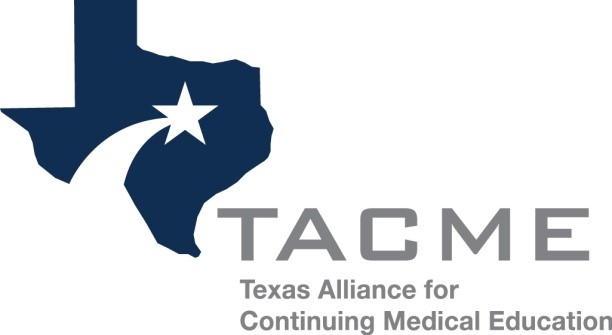 MeetingsNet article by Sue Pelletier explains what three pharmaceutical company grants specialists say that CME providers should - and should not - do to win a grant. Do’s and Don’ts of Getting Pharma Grants for CMEMany continuing medical education providers rely on grants from pharma companies to create meaningful activities, but getting those grants is not always easy. And companies almost never are willing or able to tell why a specific grant does or does not get the green light. Comments are closed.
|
Member Login
Member Login
Welcome, (First Name)! Enter Member Area
(Message automatically replaces this text)
OK
NewsNews from TACME and other online sources. Archives
February 2018
Source
All
|
© Copyright 1998-2023 Texas Alliance for Continuing Medical Education (TACME), Inc. All rights reserved..

 RSS Feed
RSS Feed
